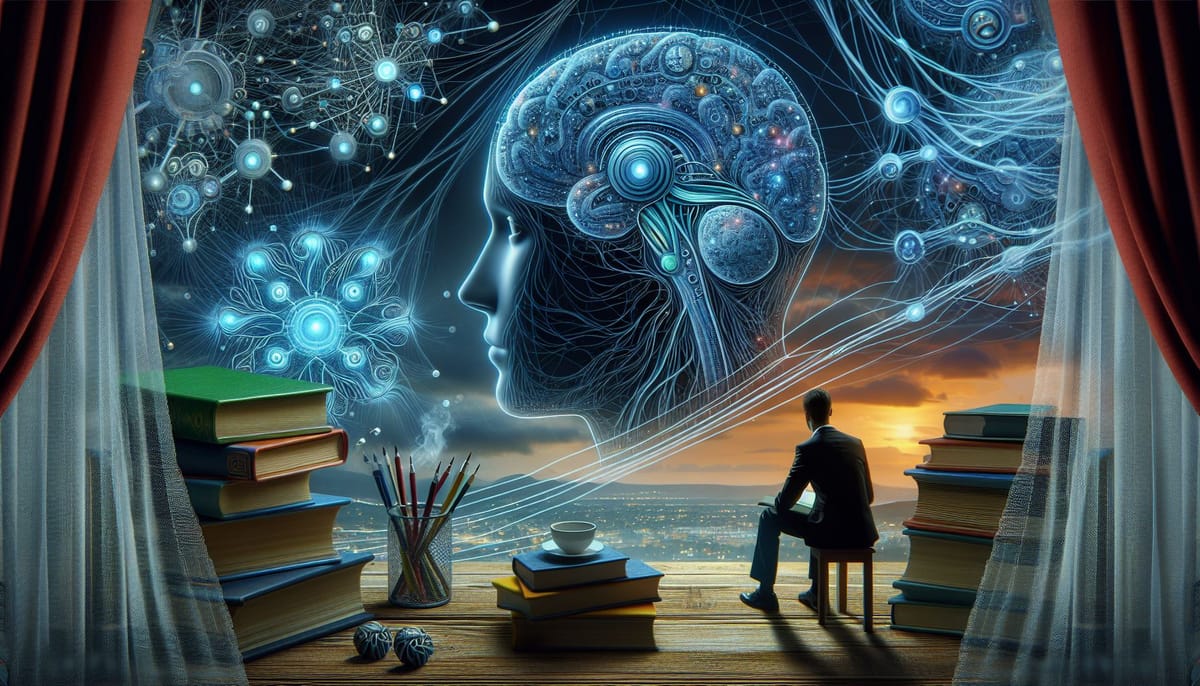Unraveling the Mysteries of Neural Networks: A Deep Dive into Artificial Intelligence

Neural networks, inspired by the human brain, are at the forefront of modern artificial intelligence, powering everything from image recognition to natural language processing. In this article, we'll explore the inner workings of neural networks, their evolution, and their impact on technology and society.
Evolution of Neural Networks
Neural networks date back to the 1940s when researchers first attempted to simulate the behavior of neurons in the brain using mathematical models. However, it wasn't until the 1980s and 1990s that neural networks gained popularity, thanks to advancements in computing power and the development of backpropagation, a key algorithm for training neural networks.
Anatomy of a Neural Network
At its core, a neural network consists of layers of interconnected nodes, or neurons, organized into three main types of layers:
- Input Layer: The input layer receives the initial data, such as images or text, that the neural network will process.
- Hidden Layers: Hidden layers, as the name suggests, are layers between the input and output layers where the "hidden" computation occurs. Each neuron in a hidden layer performs a weighted sum of its inputs, applies an activation function, and passes the result to the next layer.
- Output Layer: The output layer produces the final output of the neural network, such as a classification label or a predicted value.
Training a Neural Network
Training a neural network involves adjusting the weights of the connections between neurons to minimize the difference between the predicted output and the actual output. This is typically done using an optimization algorithm like stochastic gradient descent (SGD) and a loss function that quantifies the difference between the predicted and actual outputs.
Types of Neural Networks
- Feedforward Neural Networks: In feedforward neural networks, information flows in one direction, from the input layer to the output layer, with no feedback loops. They are commonly used for tasks like image and speech recognition.
- Recurrent Neural Networks (RNNs): RNNs have connections that form cycles, allowing them to exhibit dynamic temporal behavior. They are well-suited for sequential data, such as text and time series.
- Convolutional Neural Networks (CNNs): CNNs are specialized for processing grid-like data, such as images. They use convolutional layers to automatically learn spatial hierarchies of features.
Impact of Neural Networks
Neural networks have had a profound impact on technology and society:
- Computer Vision: Neural networks have enabled significant advancements in computer vision, leading to applications like facial recognition and autonomous driving.
- Natural Language Processing (NLP): Neural networks power many NLP applications, including language translation, sentiment analysis, and chatbots.
- Healthcare: In healthcare, neural networks are used for medical image analysis, disease diagnosis, and personalized treatment planning.
- Finance: Neural networks are used in finance for fraud detection, risk assessment, and algorithmic trading.
The Future of Neural Networks
As neural networks continue to evolve, researchers are exploring new architectures and techniques to improve their performance and efficiency. Areas such as attention mechanisms, transformers, and neuromorphic computing hold promise for further advancing the capabilities of neural networks and artificial intelligence as a whole.
In conclusion, neural networks have transformed the landscape of artificial intelligence, pushing the boundaries of what machines can achieve. As we continue to unlock the mysteries of the human brain, the future of neural networks is filled with endless possibilities for innovation and discovery.